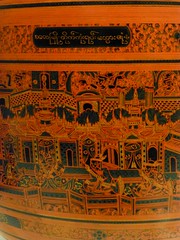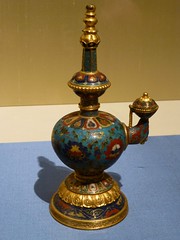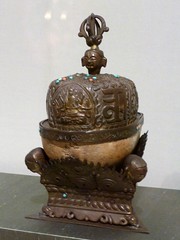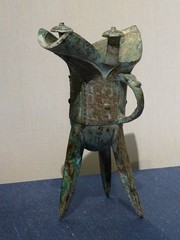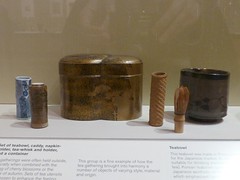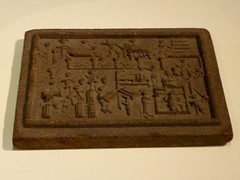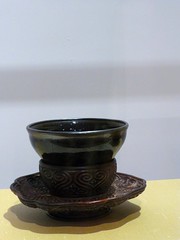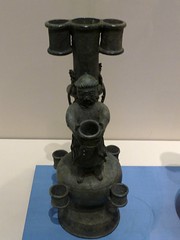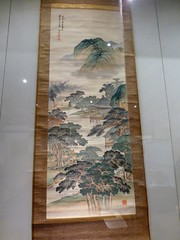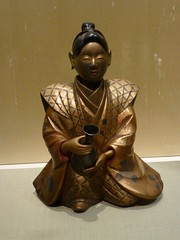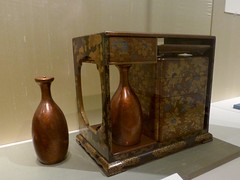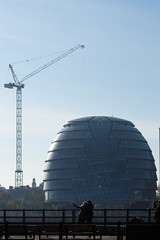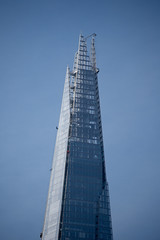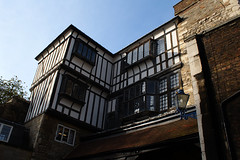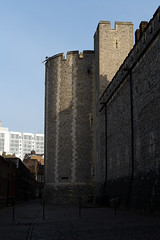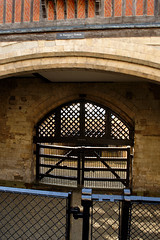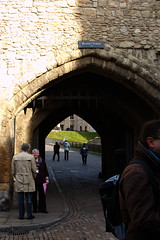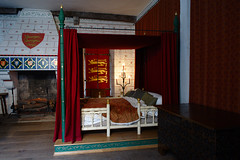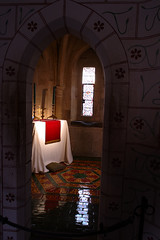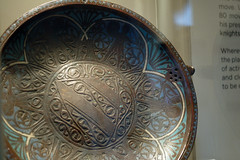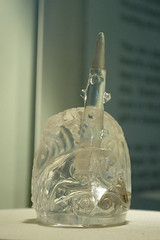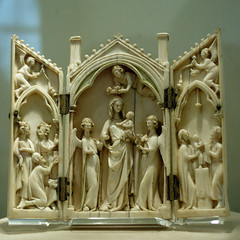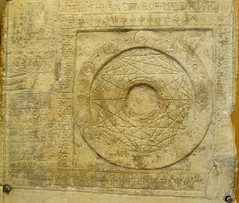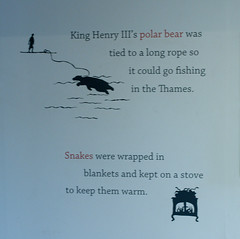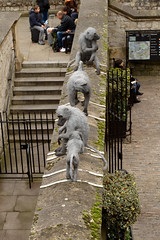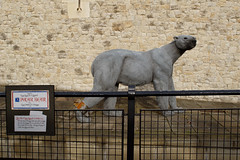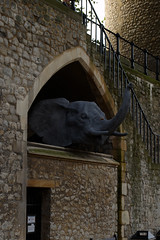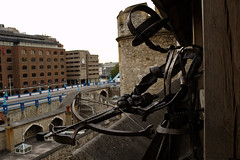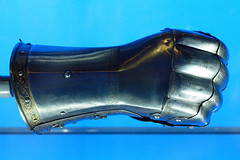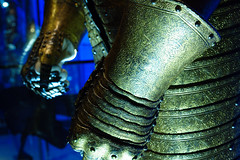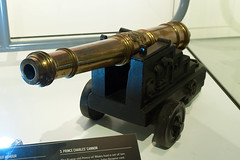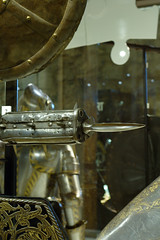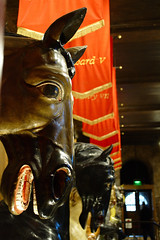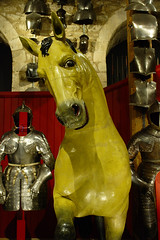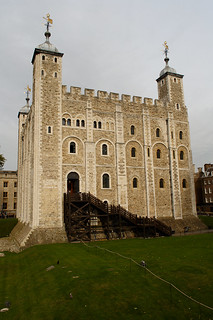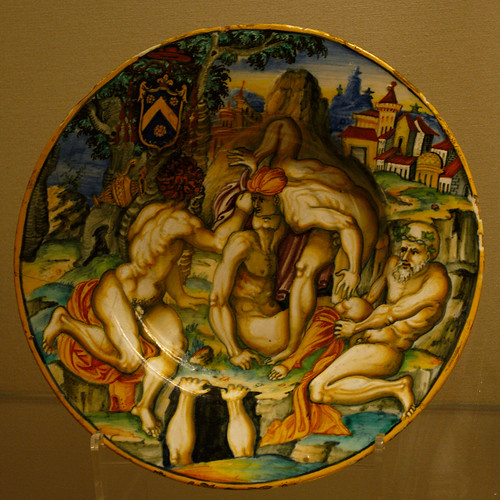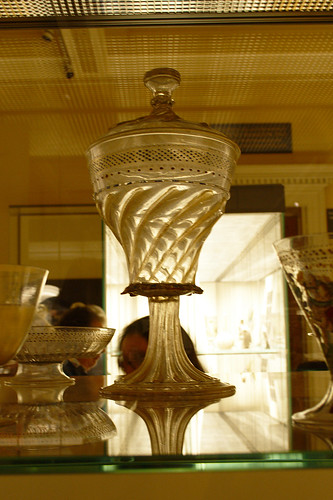The third episode of “Empire of the Seas: How the Navy Forged the Modern World” started in the 1770s when the British had just made peace with the French, and went through to the aftermath of the Battle of Trafalgar (when the British again made peace with the French after a couple more wars). The thread used to tie the whole episode together was the life of Horatio Nelson – who started his career as a midshipman in 1771 at the age of 12, and died as he commanded the British victory at Trafalgar in 1805. (Although we didn’t get told that much about Nelson, just that he was mentioned in each segment of the programme.)
At the beginning of this period the Navy was in decline – no wars means less money for the military, and ships were being mothballed. One of the things the Navy was tasked with during this time was to explore the Pacific – Captain Cook’s voyages were part of this. They were part scientific expedition, but were also about expanding the British Empire by laying claim to whatever lands they found which turned out to include Australia. A French explorer had nearly discovered Australia the year before Cook, but had turned back at the Great Barrier Reef because it was too dangerous – I imagine he was pretty upset later when he realised he could’ve claimed a continent for France. Another way the Navy earnt their pay during this time was to enforce the customs duties charged on goods entering the American colonies, which of course lead to the American War of Independence. Dan Snow implied that actually the loss of the colonies that became the US wasn’t really that much of a loss – by far the more important part of the war (with France) that started with the Americas was when the French attacked the British colonies in the Caribbean – if the British lost those their economy would’ve been crippled. The French didn’t learn from this defeat any more than the last one, and after the revolution they declared war on England again – this conflict would end with the defeat of the French & Spanish at Trafalgar.
One of the themes of this series is how the needs of the Navy have had an impact on the social, economic & political history of Britain – so in this programme we learnt that income tax was originally instituted as a temporary measure to fund the Navy. And part of the driving force behind the industrialisation of the country was the decision to sheathe the Navy ships in copper – this was proposed as a way to protect merchant ships from ship-worm and the dragging effects of seaweed, and a bureaucrat (Middleton) in charge of the Navy realised that this should also make the ships more manoeuvrable. Middleton persuaded the King that this was a good idea, and the needs of mining enough copper and turning it into sheets to be bolted onto the ships helped drive technological advances for mining (both for copper and coal) and to generate more jobs on land. And then the faster ships were decisive in keeping the Caribbean colonies in British hands.
In the sixth episode of Wartime Farm we were up to 1943, which was just before the turning point in the war. Morale was low, as rationing was getting ever tighter and farmers were trying to grow ever more food even though they had already stretched production far beyond pre-war levels. This programme had segments on such diverse things as hay-making from grass in the churchyard (because the rest of the land was growing crops instead of grass, but the dairy herd still need hay for their winter feed), children who were sent out to camps to provide labour for farms during harvest, collecting herbs to sell to pharmaceutical companies and clothing, make-up & entertainment in the 40s. And other things too. I was particularly struck by the idea that mascara was originally for men’s beards, not for ladies’ eyelashes!


